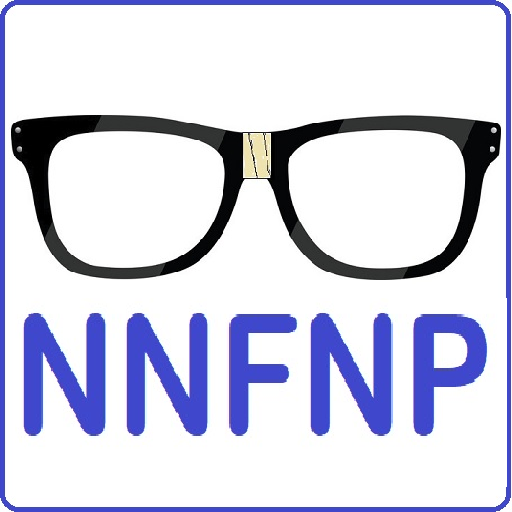What is a Qubit

A qubit, short for quantum bit, is the fundamental unit of quantum information in quantum computing and quantum physics. It is the quantum analog of a classical bit (the basic unit of classical computing), which can represent either a 0 or a 1. However, unlike classical bits, qubits can exist in a superposition of states.
In classical computing, a bit can be in one of two states: 0 or 1. If you think of it as a light switch, it can be either off (0) or on (1). In quantum computing, a qubit can be in a state that is a combination of 0 and 1 at the same time. This superposition is one of the key features that make quantum computing so powerful.
Imagine a qubit as a spinning coin that can spin both clockwise and counterclockwise simultaneously. When you measure the qubit, it collapses into one of its two basis states (0 or 1) with a certain probability, similar to how the spinning coin, when observed, falls either on heads or tails.
Another important property of qubits is entanglement. When qubits become entangled, the state of one qubit becomes dependent on the state of another qubit, even if they are separated by large distances. This phenomenon allows for faster information transfer and forms the basis of some quantum algorithms.
So, a qubit is the building block of quantum information, capable of being in multiple states at once (superposition) and exhibiting entanglement with other qubits, which are unique properties not present in classical bits. These features enable quantum computers to potentially solve certain problems much more efficiently than classical computers.
.



